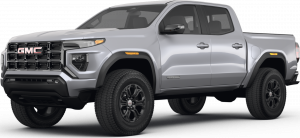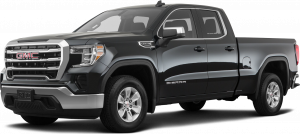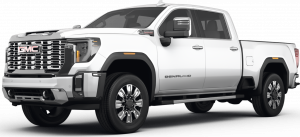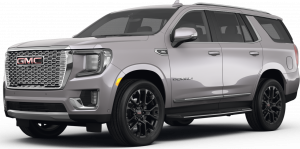Edmonton Tire Repair & Maintenance
The way your vehicle handles the road begins with the tires. Whether you are in the market for tire repair or replacement, our Certified Service experts can handle all of your tire needs. Trust the experts at our Edmonton tire shop to help you find the right tires for each season at a price that won't break the budget. If you aren't ready to talk to a tire expert, you can use our Tire Finder Tool to start shopping for tires. It is simple to use: enter your vehicle's year, make, model, and tire size and browse our wide selection of tires that are the right size for your vehicle. Not sure about your tire size? It's the combination of letters and numbers located on the side of your tire.
When you find the perfect set of tires and wheels, we make it easy to get back on the road. You can book your service appointment to have your tires mounted and balanced online. Whether you need to have your tires swapped or you need a whole new set, trust your tire experts at Wolfe GMC Buick in Edmonton, Alberta.
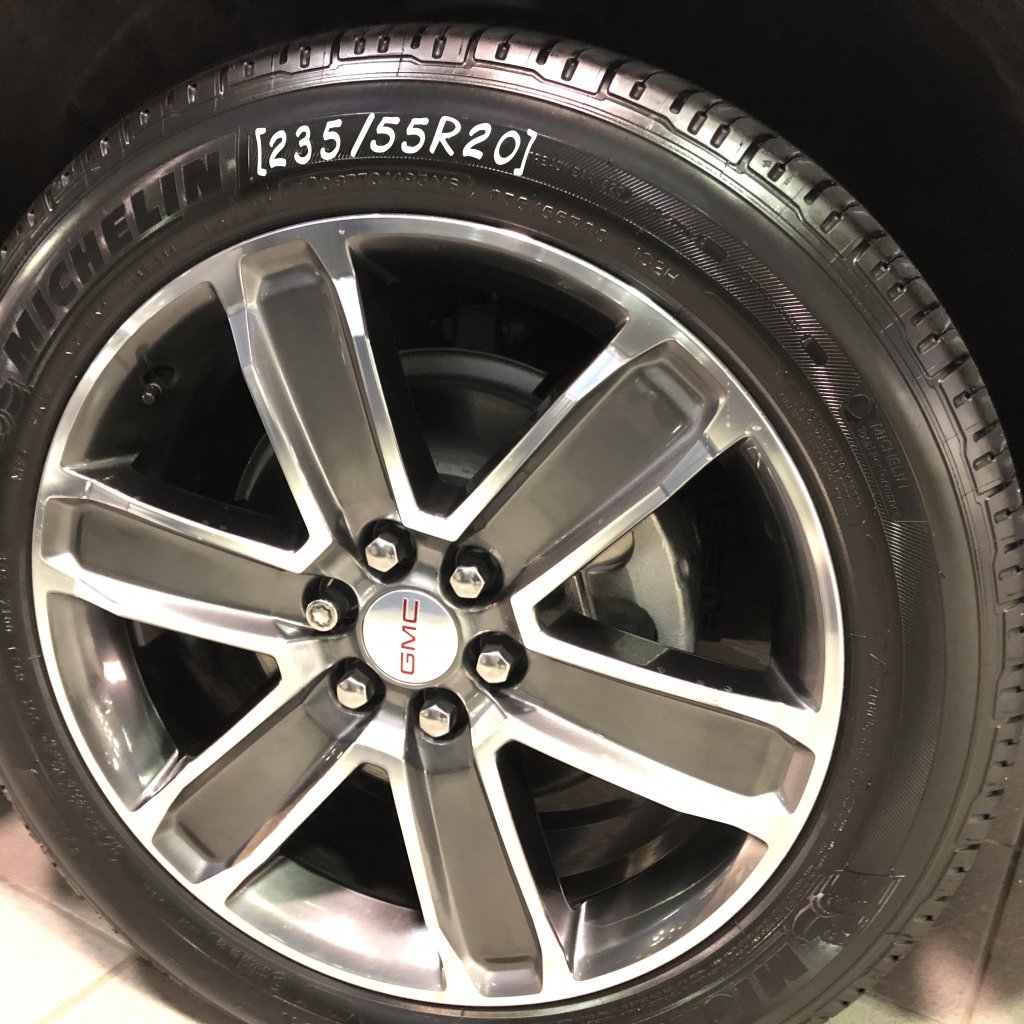
TIRE PRICE MATCH GUARANTEE
We buy our tires in bulk, which allows us to pass on great savings to you. We regularly check competitor prices to ensure ours are the lowest. Provide us with a better price at the time of purchase and we’ll match it. Find a better price within 30 days of the purchase, and we’ll refund the difference. Eligible Tire Brands: BF Goodrich, Bridgestone, Continental, Dunlop, Firestone, General, Goodyear, Hankook, Kelly, Michelin, Pirelli, and Uniroyal.
- TIRES FOR EVERY SEASON -
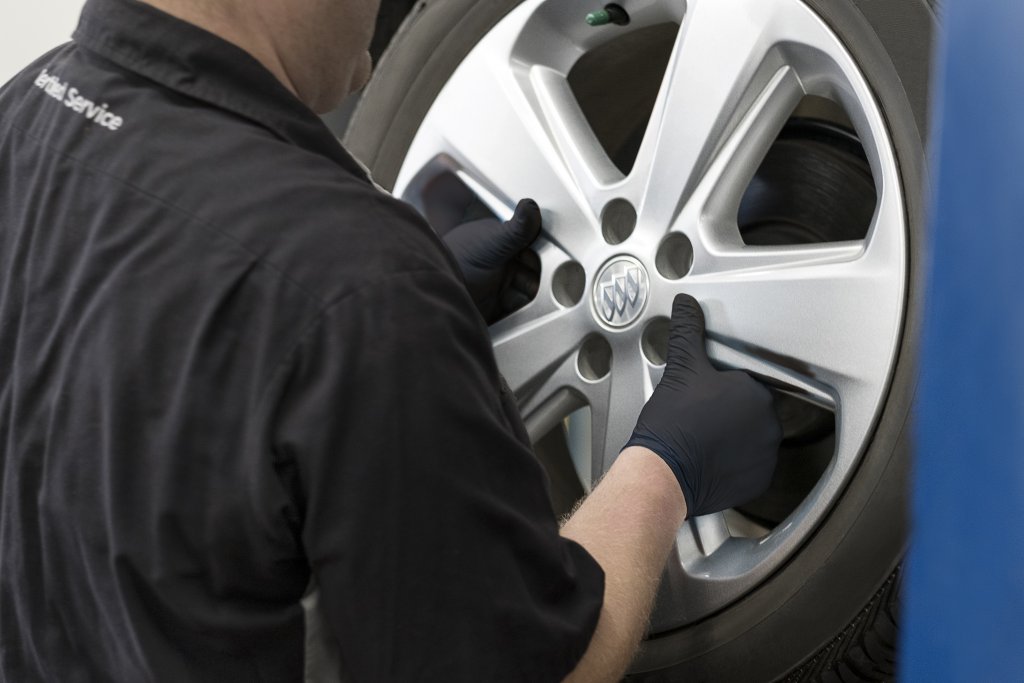
WINTER TIRES
When the temperature gets below 7 C, you need a tire that is going to provide you with both traction and a somewhat flexible contact with the snow and ice-covered ground. Winter tires offer more siping than their all-season and all-weather counterparts and are made of a rubber composition that stays softer at colder temperatures. While this makes them ideal for winter, the softer rubber is not a fan of the hot pavement in the summer.
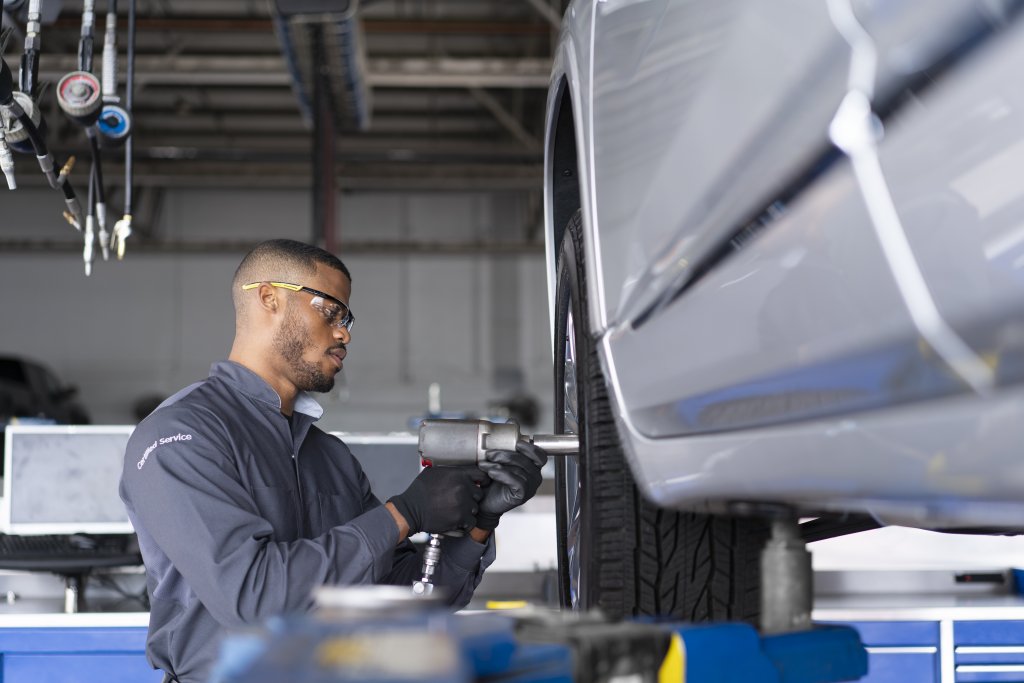
ALL-SEASON TIRES
Unlike the all-weather counterpart, an all-season tire is actually only designed for three seasons. From Spring to Fall is when these tires shine. They are made of a firmer rubber to handle the change in road temperature. They don’t have quite as open of a tread pattern nor nearly the same amount of siping. These differences make these tires ideal for the warmer months, but also make them less than desirable for the colder winter months.
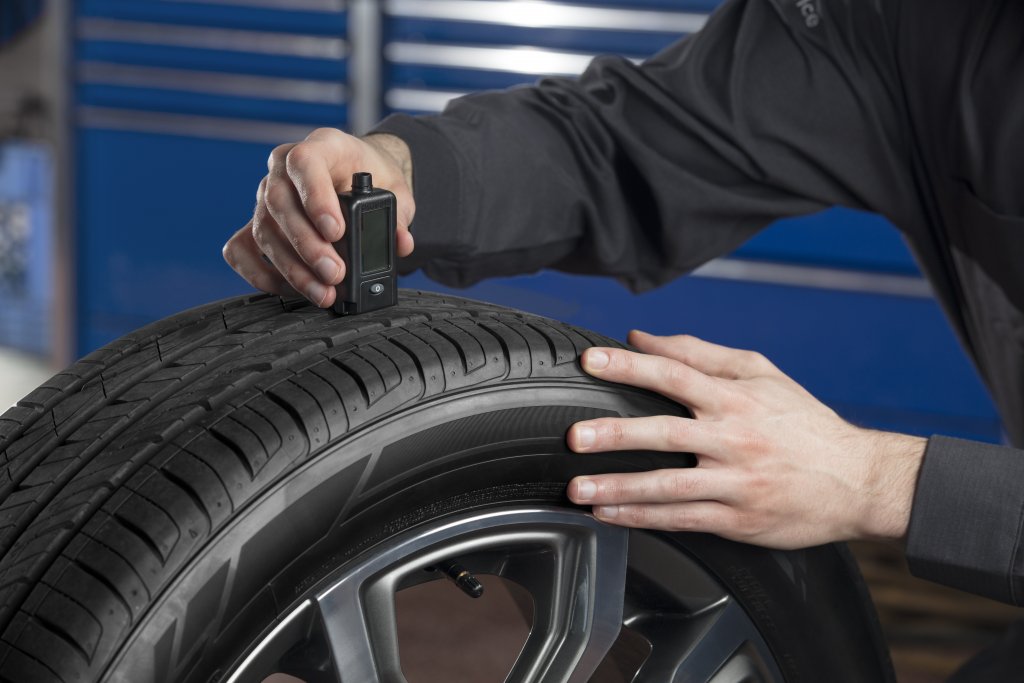
ALL-WEATHER TIRES
If you are adamant that you don’t want two sets of tires, which has been proven to extend the life of your tires, then all-weather tires might be for you. These tires are a mix of the best parts of a winter and all-season tire. They are made of a softer rubber than all-seasons and have increased siping. However, they are not quite as soft as a winter tire nor do they have the same level of siping as that winter tire. They offer a reputable alternative to storing two sets of tires.
- MAINTAINING YOUR TIRES -
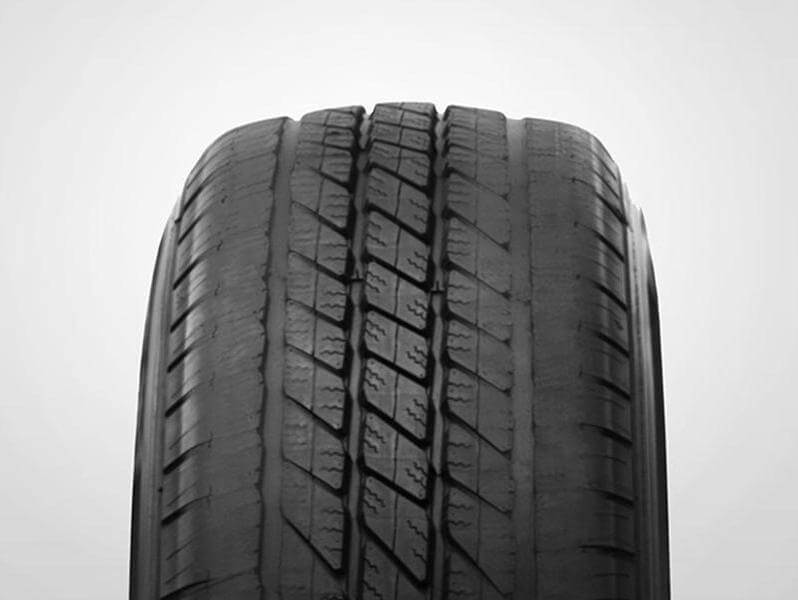
WHAT CAUSES TIRE WEAR
If your tires are worn, you'll notice a change in ride, handling and performance. There are many factors that can cause tire wear, such as your driving style and tire maintenance habits. Tire replacement is absolutely needed when the tread wear indicators appear. Built-in tread wear indicators look like narrow strips of smooth rubber across the tread and become visible as the tire surface wears.
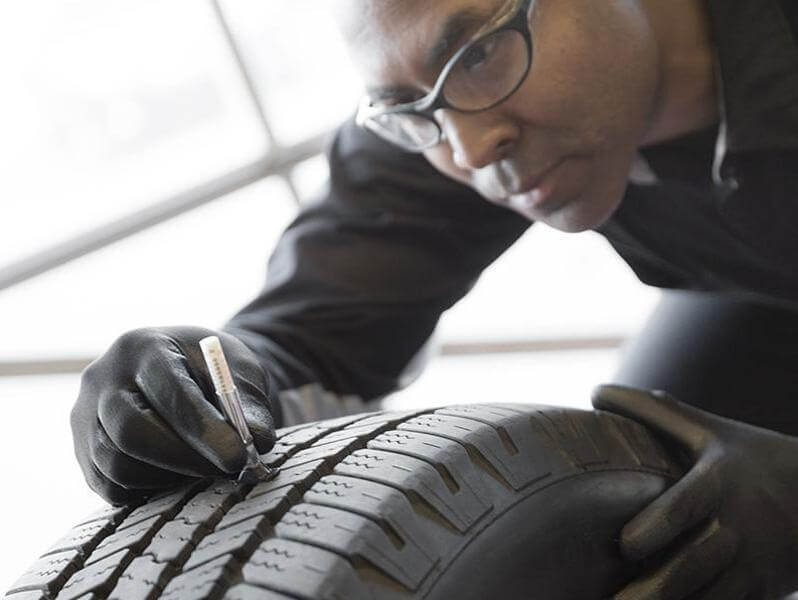
MEASURING TREAD DEPTH
Our Certified Service experts use diagnostic equipment to help keep your vehicle performing at its best, but there is a reliable tool you can use to check your tire wear that doesn't require a computer. Take a penny with Abraham Lincoln facing you, head pointed down and put it in the center of the tread at the thickest part. If you can see the top of Lincoln's head, the treads are worn and tire replacement is needed.
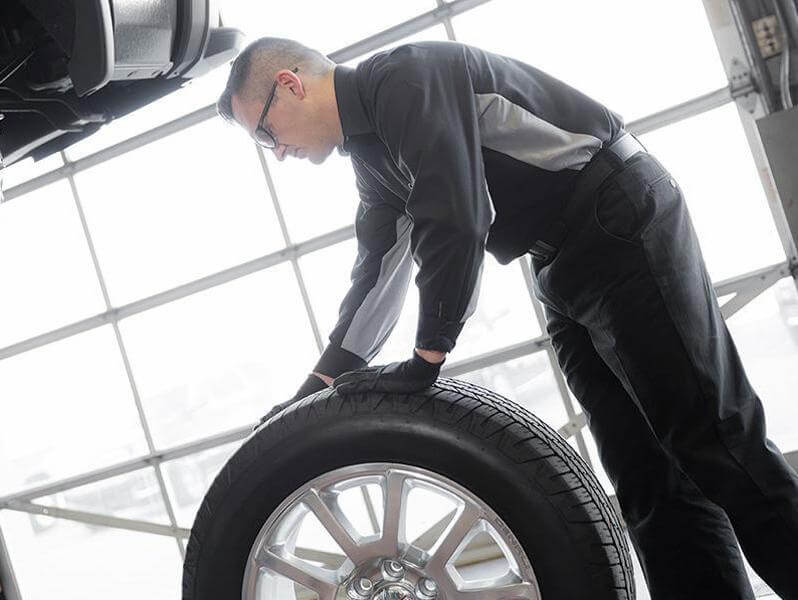
WHEN TO REPLACE TIRES
Tread wear indicators appear when the tires only have 2/32" or less of tread remaining. Rubber in tires ages over time. Other warning signs include:
- You can see three or more tread wear indicators around the tire
- The tire cord or fabric is showing through the rubber
- The tire tread or sidewall is cracked, cut, or snagged deep enough to show cord or fabric
- The tire has a bulge or split
- The tire has a puncture, cut, or other damage that can’t be repaired correctly
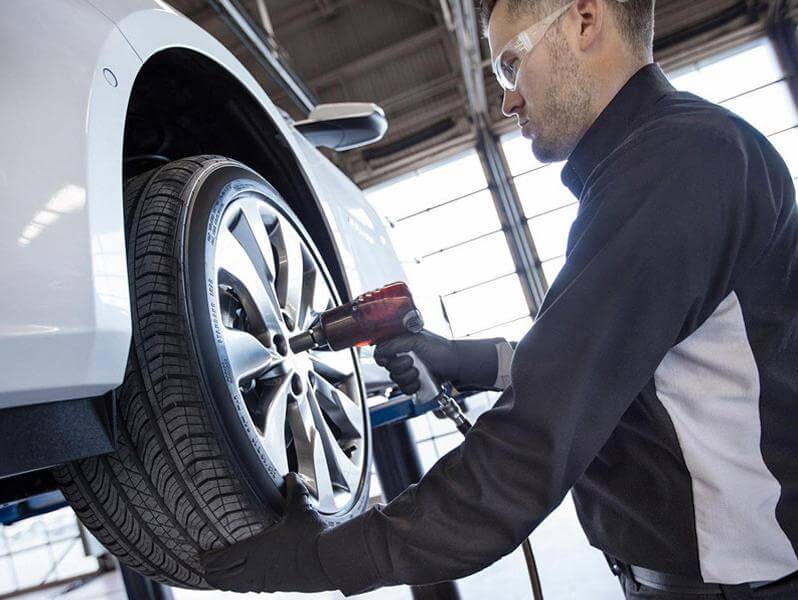
WHEEL ALIGNMENT
Proper wheel alignment is key to prolonging the life of your tires. If your vehicle is misaligned, it can cause your tires to wear unevenly, and you may experience handling problems such as pulling or abnormal vibration. Consider a wheel alignment check if there is unusual tire wear or the vehicle is significantly pulling to one side or the other. A tire that is out of balance often affects ride quality and can shorten the life of tires, bearings, shocks, and other suspension components. If the vehicle is vibrating when driving on a smooth road, the tires and wheels may need to be rebalanced.
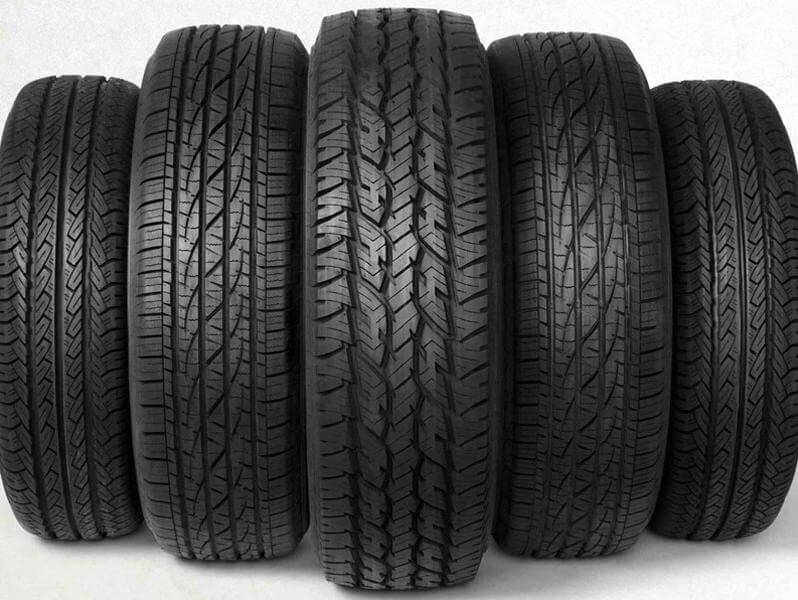
TIRE ROTATION
It's a known fact that regular tire rotation extends the life of your tires and improves performance. Tires are rotated to achieve a uniform wear for all tires. Each tire performs different tasks (such as steering in front- versus rear-wheel drive), therefore tires wear at different rates. Tires should be rotated every 7,500 miles to prevent irregular tire wear. It's important to rotate your tires according to the correct tire-rotation pattern. Doing so will prolong the life of your tires and will reduce the risk of sudden tire failure. Front tires encounter different tasks than the rear tires. A front-wheel-drive car's tires perform different tasks than those on a rear-wheel-drive vehicle.
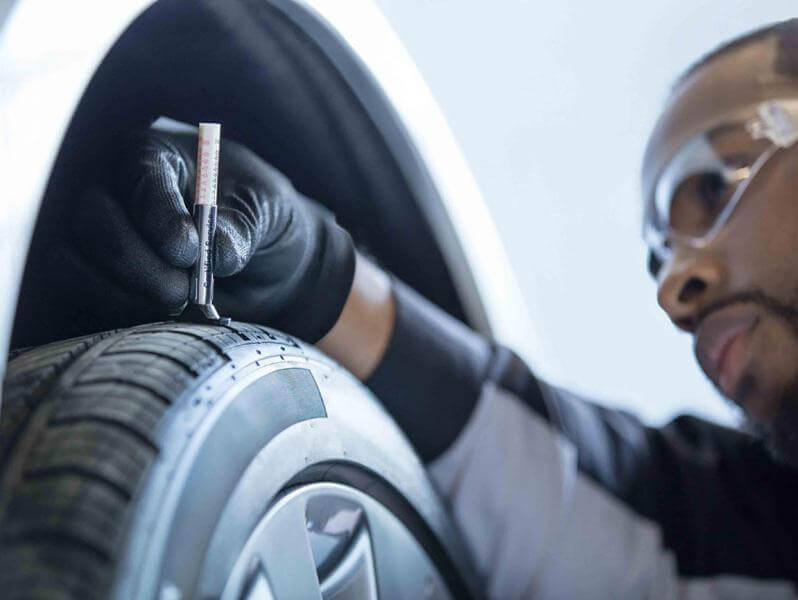
TIRE PRESSURE
Check your tires at least once a month when the tires are cold, meaning the vehicle has not been driven for at least three hours or no more than 1 mile. The Tire Information Label located on the inside of your doorframe has the recommended cold tire pressure for your vehicle. Inflation pressure maintenance of tires is critical for overall tire and vehicle performance. Maintaining the correct inflation pressure allows the tire to perform as intended, including for comfort, fuel economy, stopping distance, cornering, traction, tread wear, and noise.

TIRE PRESSURE MONITORING SYSTEM
If your vehicle is equipped with a Tire Pressure Monitoring System (TPMS), it is constantly working and will alert you when your tire pressure is not where it should be. A sensor measures tire pressure and temperature, then transmits data to the tire-pressure monitor. If the pressure in one or more of your tires is 25 percent or more below the vehicle manufacturer's recommended cold inflation pressure for tires, a warning indication will alert the driver.If the Tire Pressure Monitor light comes on and stays solid with a check tire pressure, low tire pressure, or add air to tire message, then check and adjust all tire air pressures to the recommended levels. Next, drive the vehicle to turn the light off.If the Tire Pressure Monitor light appears as a blinking yellow lamp for more than one minute and stays solid, then diagnostic service is needed. If your TPMS is not functioning properly, it cannot detect or signal a low-tire condition. Your Original Equipment TPMS sensor battery can last up to 10 years with normal use. When the TPMS battery fails, the sensor will need to be replaced.
ASK AN EXPERT
















